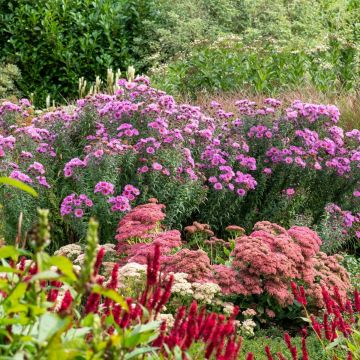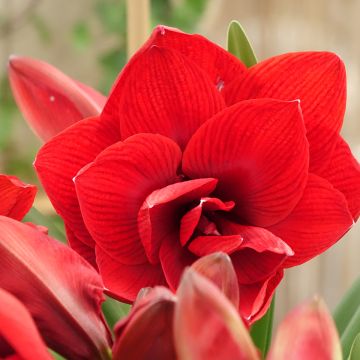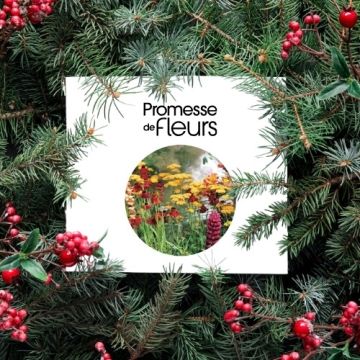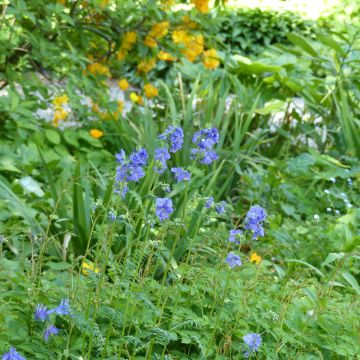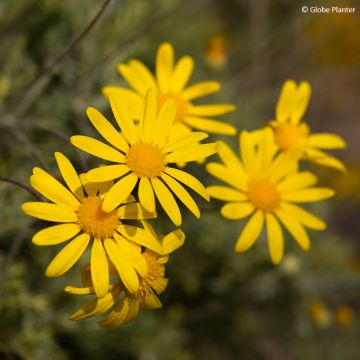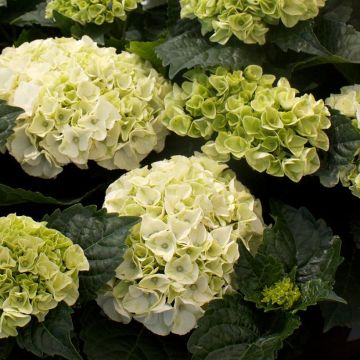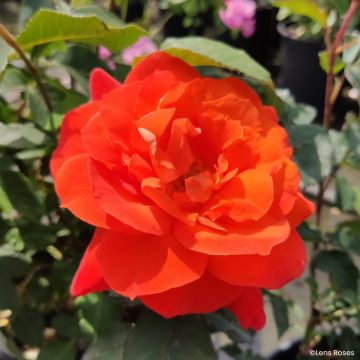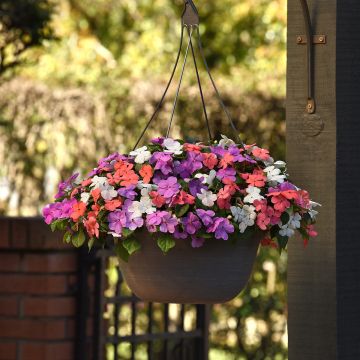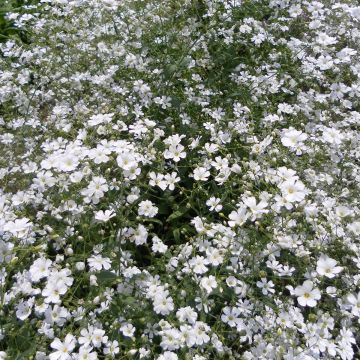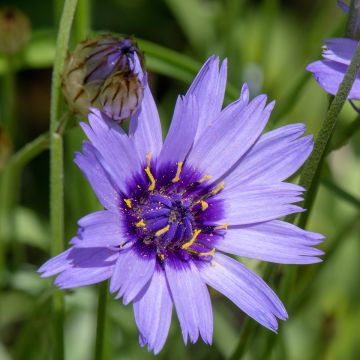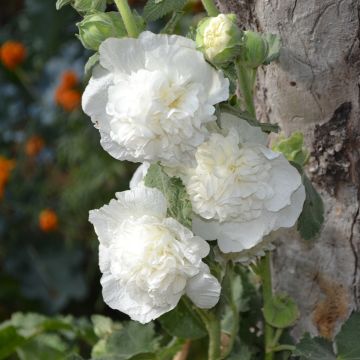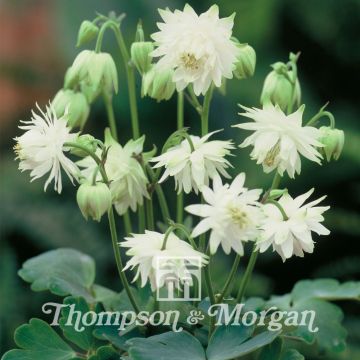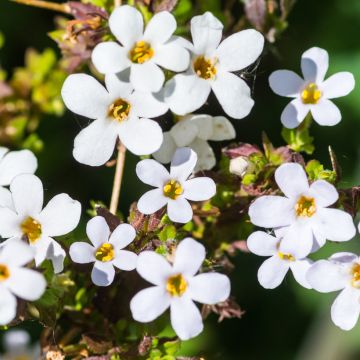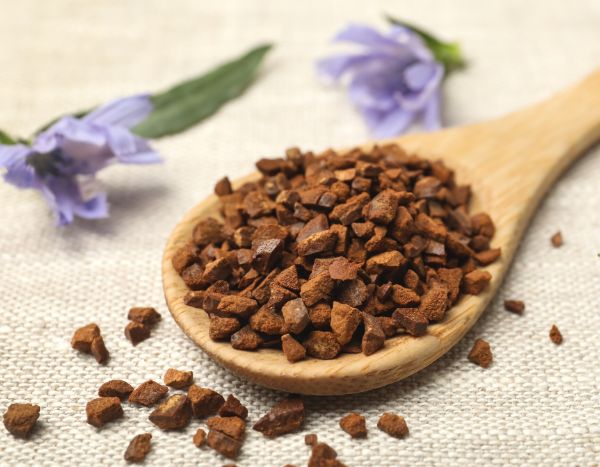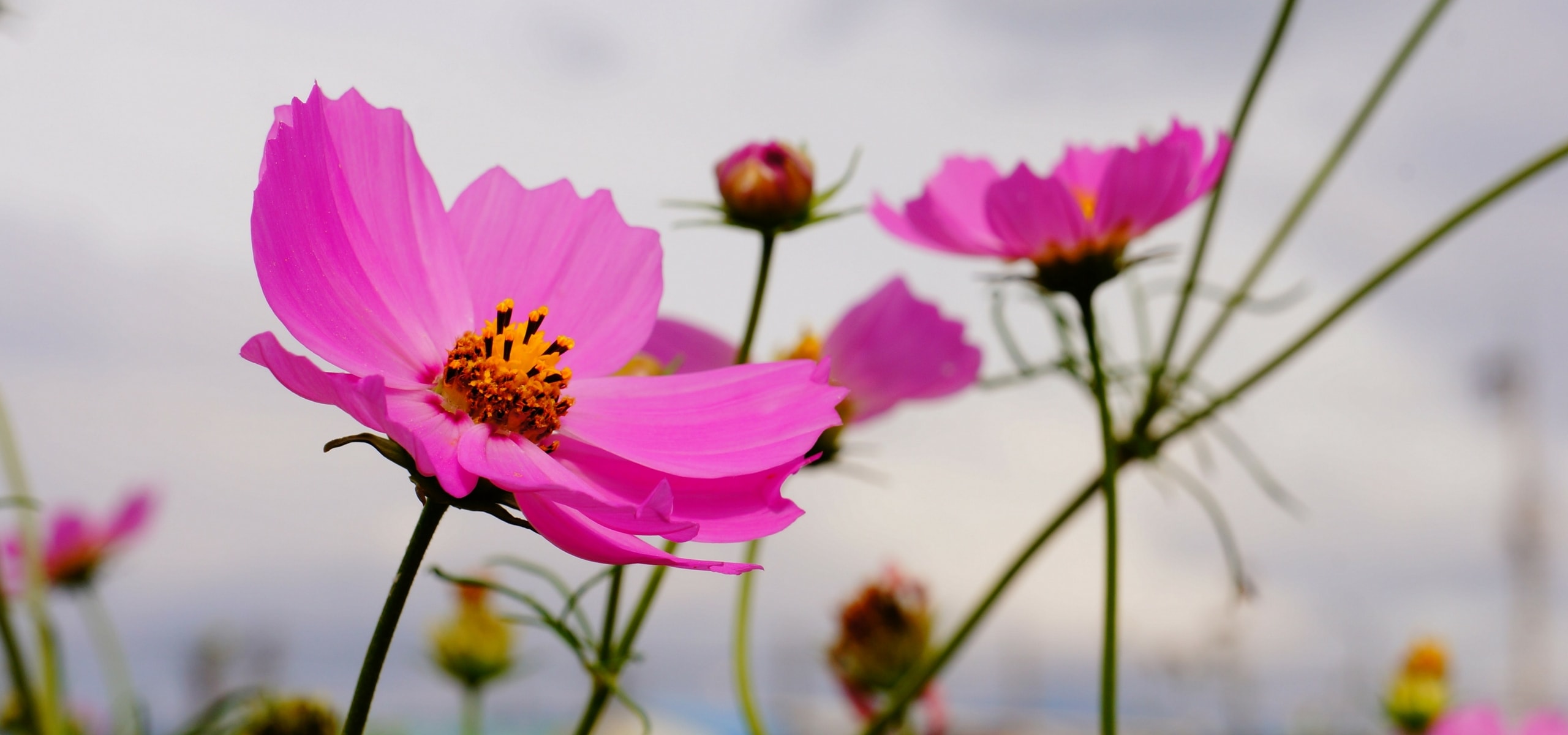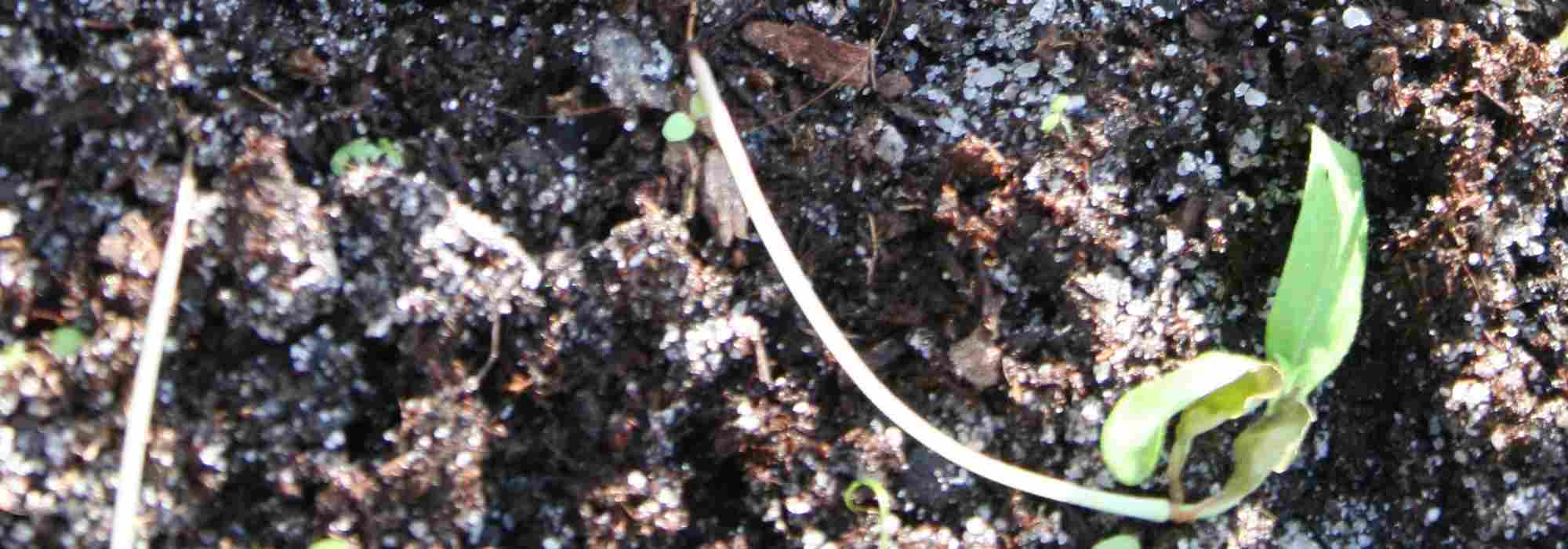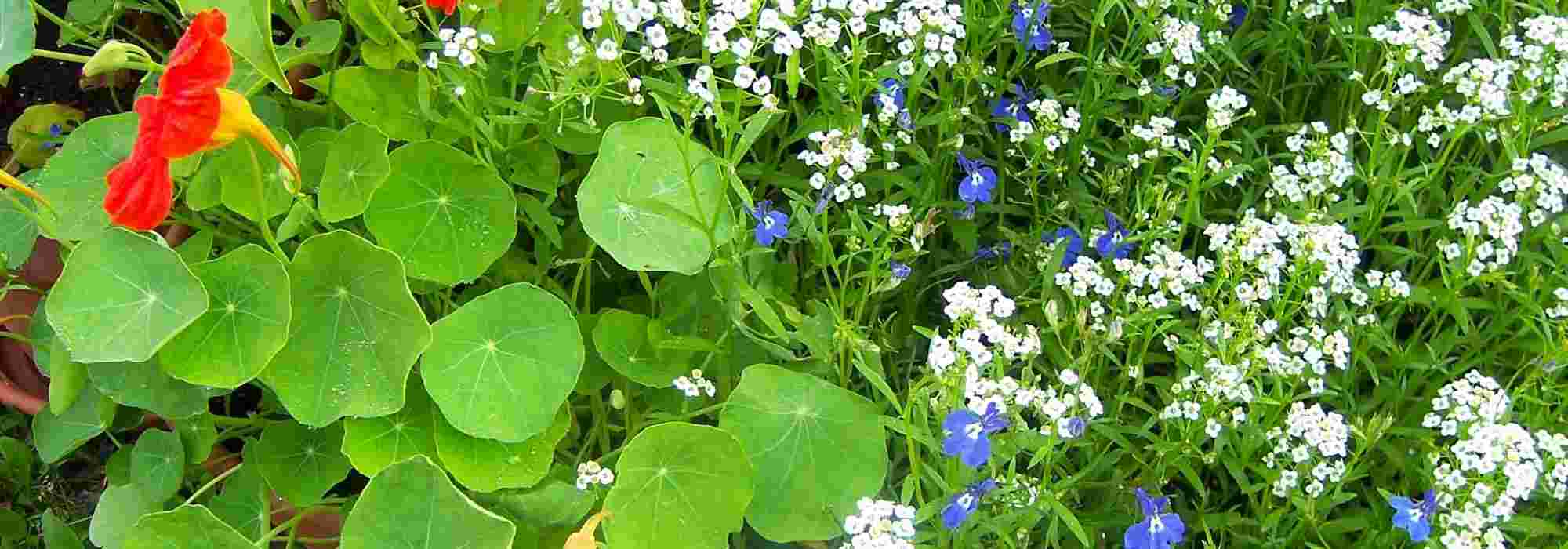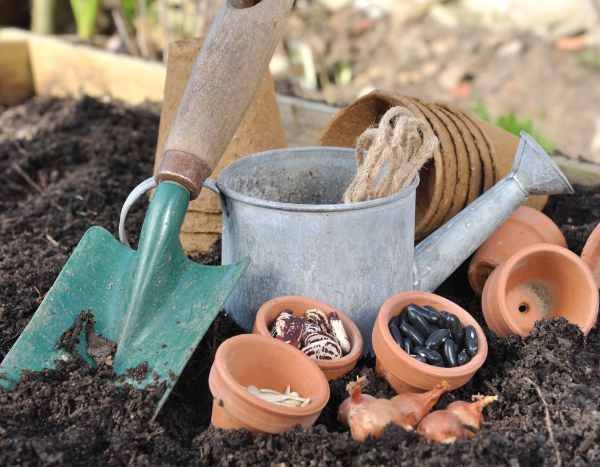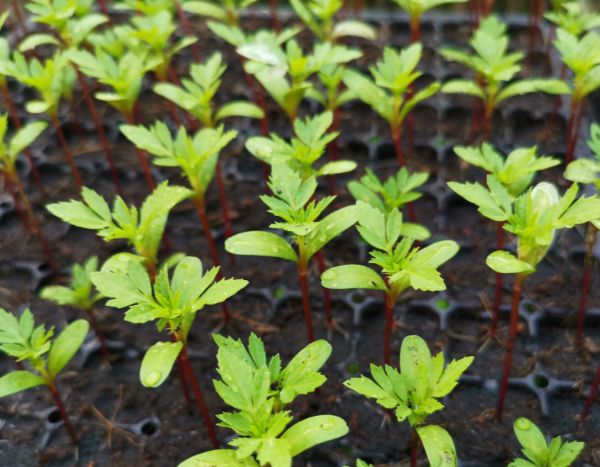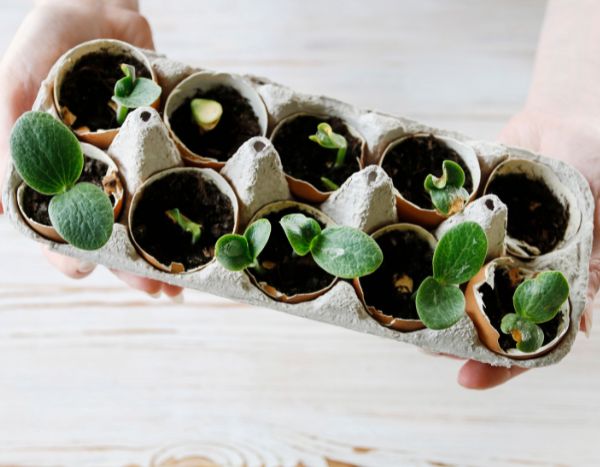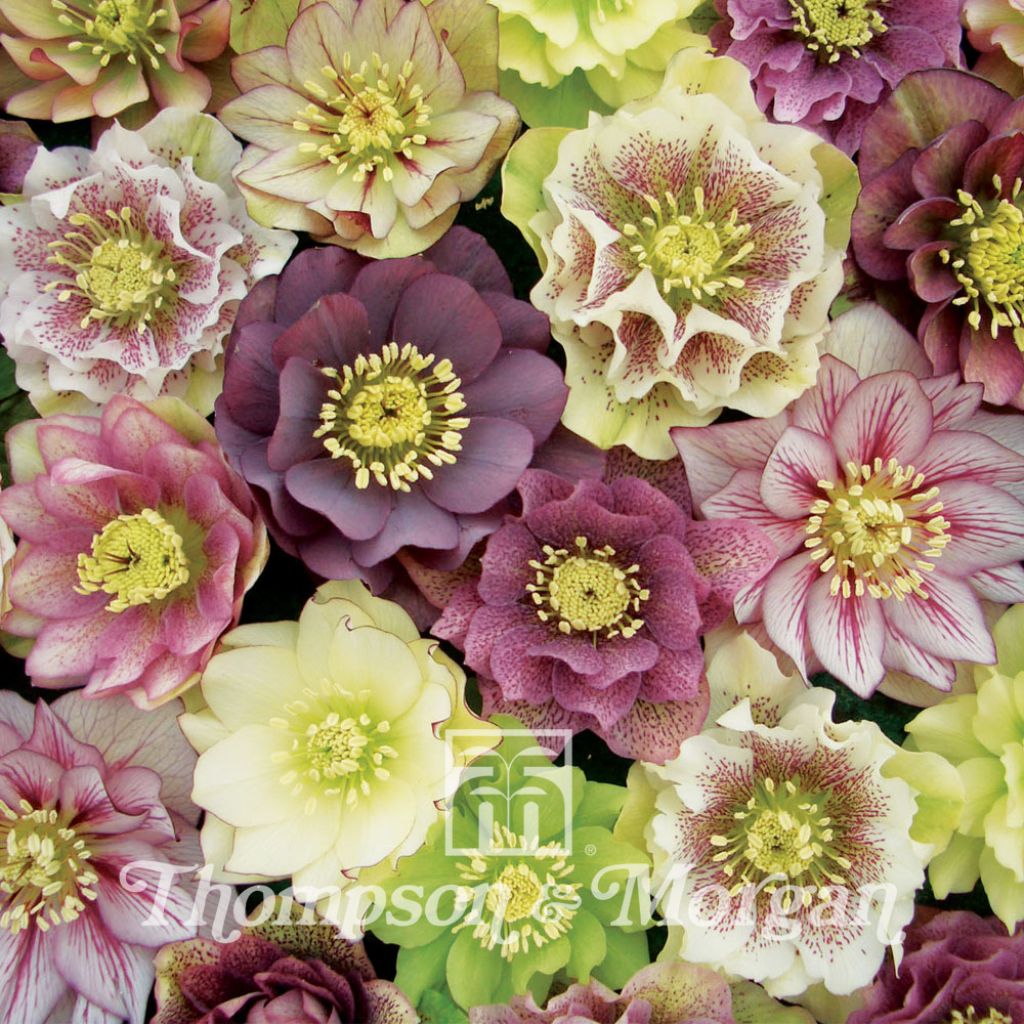

Helleborus Washfield Doubles - Hellebore
Helleborus Washfield Doubles - Hellebore
Helleborus x hybridus Washfield Doubles
Hellebore
Special offer!
Receive a €20 voucher for any order over €90 (excluding delivery costs, credit notes, and plastic-free options)!
1- Add your favorite plants to your cart.
2- Once you have reached €90, confirm your order (you can even choose the delivery date!).
3- As soon as your order is shipped, you will receive an email containing your voucher code, valid for 3 months (90 days).
Your voucher is unique and can only be used once, for any order with a minimum value of €20, excluding delivery costs.
Can be combined with other current offers, non-divisible and non-refundable.
Why not try an alternative variety in stock?
View all →This plant carries a 6 months recovery warranty
More information
We guarantee the quality of our plants for a full growing cycle, and will replace at our expense any plant that fails to recover under normal climatic and planting conditions.
Does this plant fit my garden?
Set up your Plantfit profile →
Description
Helleborus x hybridus Washfield Doubles selection of hellebores forms displays of double flowers, as delicate as old engravings, from the end of winter. They come in a myriad of shades, solid, speckled, splashed or edged with a thin border, which are revealed when their corollas are lifted, timidly leaning over their evergreen and elegant dark green foliage. They are also robust perennial plants for woodland, tolerating root competition and calcareous soils. They thrive in shade or partial shade, in fertile, well-drained soil.
The Washfield Doubles hybrid hellebores are the result of remarkable selection and hybridisation work started in England over twenty years ago. Among their ancestors are numerous species originating from Europe and Asia Minor, most of which grow in the humus of woodland, on calcareous soil. The plants in this mix form clumps of foliage, mostly evergreen, divided, dark green. They reach a height of 45 to 60 cm (18 to 24in), with a diameter of about 40 cm (16in). They bear superb double flowers, well open, from February to April. If they are inclined downwards, allowing water to slide off like an umbrella, it is to protect the heart of the flower from rotting. They come in many slightly faded shades, infinitely nuanced, with unpredictable patterns, on round petals arranged in anemone-like or star-like flowers. Depending on the plants, pale yellow, white, pale pink, almond green, purple, salmon pink, violet, and black blend harmoniously, without ever offending the eye. The seeds are sown by ants.
Use hellebores as elements of an old tapestry, mixing them with woodland plants in brighter colours. They are beautifully showcased when planted near Pieris, small-sized rhododendrons, under conifers (especially on windy sites), and surrounded by primroses, wood anemones, corydalis, dicentras, cardamines, or spring-flowering bulbs and snowdrops. You can also accompany them with ferns and shade irises to create a beautiful contrast a little later in the season. They can also be planted in groups, near the entrance of the house, in shaded areas, to fully enjoy their early flowering.
Report an error about the product description
Flowering
Foliage
Plant habit
Botanical data
Helleborus
x hybridus
Washfield Doubles
Ranunculaceae
Hellebore
Cultivar or hybrid
Other Thompson and Morgan seeds
View all →Planting and care
Hellebore seeds may require a period of vernalisation (cold storage) in order to germinate. Sow the seeds immediately upon receipt in pots or trays filled with moist compost and cover them with a very fine pinch of compost or vermiculite. After sowing, enclose the trays or pots in a transparent plastic bag and keep them at around 20°C (68°F) for 3 months. Then, place the enclosed container in its bag in a refrigerator for a period of 3 months. After this cold period, return the seedlings to 20°C (68°F). Germination may be slow. Regularly inspect the pots and carefully remove germinating seedlings as they appear, and plant them in 7.5 cm (3in) pots or trays when they are manageable. If germination has not occurred during this period, repeat the cold period/warm period cycle as indicated above.
Another germination method is as follows: enclose the seedling in a transparent plastic bag and place it in a cold frame in a sheltered area of the garden. Regularly check the moisture level of the compost, which should not dry out. Germination may take up to a year. The recommended methods for germinating seeds of this particular variety actually simulate the way seeds germinate in natural conditions. By following these instructions, you should achieve a good germination rate.
Gradually acclimatise the young plants to cooler conditions for a few weeks before planting them, after all risk of frost, with a spacing of 45cm (18in) between each plant. Plant hybrid hellebores in a damp, humus-rich, fertile, and well-drained soil, in non-burning sun or partial shade. Avoid moving an established hellebore.
The roots should not completely dry out in summer. Hellebores can be affected by a fungal disease transmitted by aphids, called black spot disease. Remove old leaves from deciduous species or stained leaves from evergreen species when the flower buds appear. Remove faded flowers after seed drop. They can also suffer from grey rot or die from collar rot. This often occurs due to poor growing conditions, in excessively humid situations.
On a balcony or patio, plant them in pots 4 to 5 times larger than they are, as they need space to develop their root system. Very hardy, most hellebores can withstand negative temperatures of up to -15°C (5°F) without suffering.
Sowing period
Intended location
Planting & care advice
This item has not been reviewed yet - be the first to leave a review about it.
Haven't found what you were looking for?
Hardiness is the lowest winter temperature a plant can endure without suffering serious damage or even dying. However, hardiness is affected by location (a sheltered area, such as a patio), protection (winter cover) and soil type (hardiness is improved by well-drained soil).

Photo Sharing Terms & Conditions
In order to encourage gardeners to interact and share their experiences, Promesse de fleurs offers various media enabling content to be uploaded onto its Site - in particular via the ‘Photo sharing’ module.
The User agrees to refrain from:
- Posting any content that is illegal, prejudicial, insulting, racist, inciteful to hatred, revisionist, contrary to public decency, that infringes on privacy or on the privacy rights of third parties, in particular the publicity rights of persons and goods, intellectual property rights, or the right to privacy.
- Submitting content on behalf of a third party;
- Impersonate the identity of a third party and/or publish any personal information about a third party;
In general, the User undertakes to refrain from any unethical behaviour.
All Content (in particular text, comments, files, images, photos, videos, creative works, etc.), which may be subject to property or intellectual property rights, image or other private rights, shall remain the property of the User, subject to the limited rights granted by the terms of the licence granted by Promesse de fleurs as stated below. Users are at liberty to publish or not to publish such Content on the Site, notably via the ‘Photo Sharing’ facility, and accept that this Content shall be made public and freely accessible, notably on the Internet.
Users further acknowledge, undertake to have ,and guarantee that they hold all necessary rights and permissions to publish such material on the Site, in particular with regard to the legislation in force pertaining to any privacy, property, intellectual property, image, or contractual rights, or rights of any other nature. By publishing such Content on the Site, Users acknowledge accepting full liability as publishers of the Content within the meaning of the law, and grant Promesse de fleurs, free of charge, an inclusive, worldwide licence for the said Content for the entire duration of its publication, including all reproduction, representation, up/downloading, displaying, performing, transmission, and storage rights.
Users also grant permission for their name to be linked to the Content and accept that this link may not always be made available.
By engaging in posting material, Users consent to their Content becoming automatically accessible on the Internet, in particular on other sites and/or blogs and/or web pages of the Promesse de fleurs site, including in particular social pages and the Promesse de fleurs catalogue.
Users may secure the removal of entrusted content free of charge by issuing a simple request via our contact form.
The flowering period indicated on our website applies to countries and regions located in USDA zone 8 (France, the United Kingdom, Ireland, the Netherlands, etc.)
It will vary according to where you live:
- In zones 9 to 10 (Italy, Spain, Greece, etc.), flowering will occur about 2 to 4 weeks earlier.
- In zones 6 to 7 (Germany, Poland, Slovenia, and lower mountainous regions), flowering will be delayed by 2 to 3 weeks.
- In zone 5 (Central Europe, Scandinavia), blooming will be delayed by 3 to 5 weeks.
In temperate climates, pruning of spring-flowering shrubs (forsythia, spireas, etc.) should be done just after flowering.
Pruning of summer-flowering shrubs (Indian Lilac, Perovskia, etc.) can be done in winter or spring.
In cold regions as well as with frost-sensitive plants, avoid pruning too early when severe frosts may still occur.
The planting period indicated on our website applies to countries and regions located in USDA zone 8 (France, United Kingdom, Ireland, Netherlands).
It will vary according to where you live:
- In Mediterranean zones (Marseille, Madrid, Milan, etc.), autumn and winter are the best planting periods.
- In continental zones (Strasbourg, Munich, Vienna, etc.), delay planting by 2 to 3 weeks in spring and bring it forward by 2 to 4 weeks in autumn.
- In mountainous regions (the Alps, Pyrenees, Carpathians, etc.), it is best to plant in late spring (May-June) or late summer (August-September).
The harvesting period indicated on our website applies to countries and regions in USDA zone 8 (France, England, Ireland, the Netherlands).
In colder areas (Scandinavia, Poland, Austria...) fruit and vegetable harvests are likely to be delayed by 3-4 weeks.
In warmer areas (Italy, Spain, Greece, etc.), harvesting will probably take place earlier, depending on weather conditions.
The sowing periods indicated on our website apply to countries and regions within USDA Zone 8 (France, UK, Ireland, Netherlands).
In colder areas (Scandinavia, Poland, Austria...), delay any outdoor sowing by 3-4 weeks, or sow under glass.
In warmer climes (Italy, Spain, Greece, etc.), bring outdoor sowing forward by a few weeks.






























